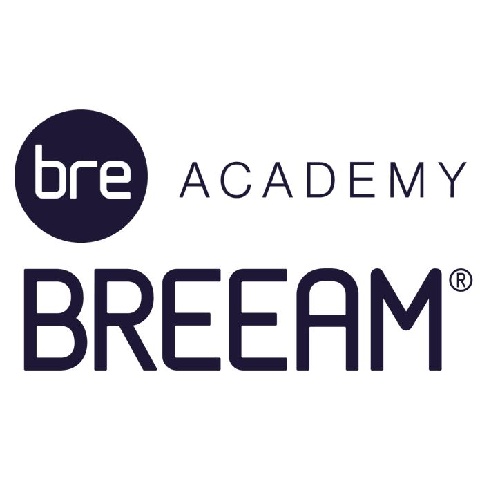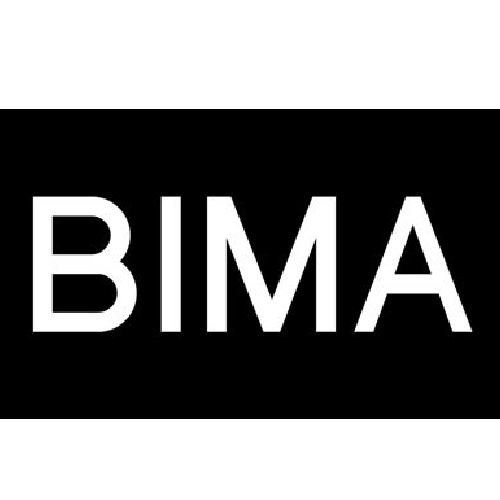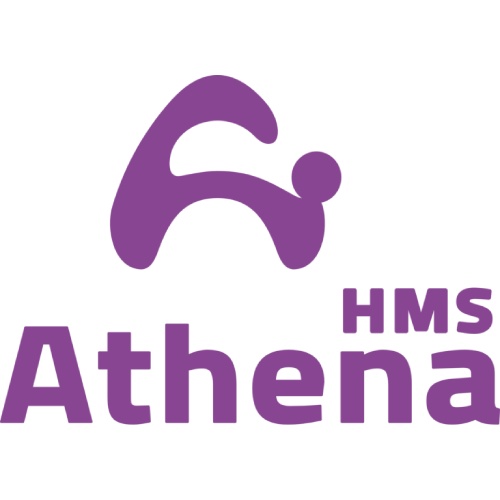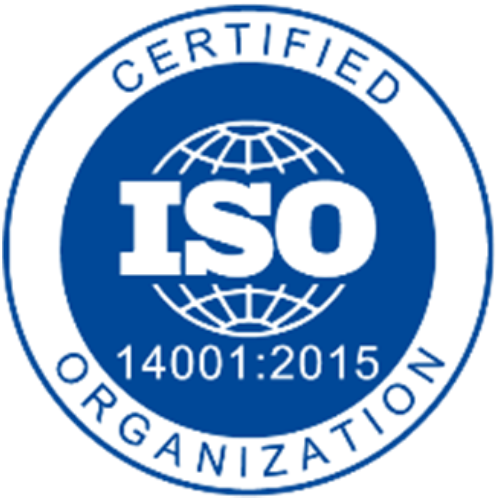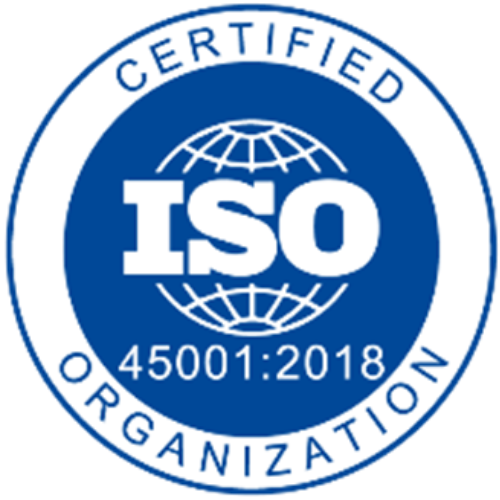Our Services
Earned Value Management
The first step in effectively managing a project is to develop a comprehensive plan for that project. Once you begin carrying out the plan, however, the challenging part begins, as you will need to perform regular reality checks to determine whether or not you are making the desired amount of progress. In addition, it is not only about being late or early; it is also about the progress made with the budget and the effort.
Earned value management, also known as EVM, is a method that may be used to evaluate the success and development of a project. During the lifecycle of a project, it is a tool that assists project managers in making decisions that are well informed. There is not just one formula that project managers can use to determine how far along their projects are. Quite frequently, such measurements fall under the category of the subjective approach to establish the percentage of completion for each project task when there are no ground rules.
The negative aspect is that each person will view success in a unique way and will often be motivated by incentives that are in direct opposition to one another. Because of this, it is essential to make use of a method that has been well explored, examined, and validated.


In order to make effective use of the EVM approach, it is necessary to fulfil the following minimal requirements:
The aforementioned requirements are not exhaustive; in fact, they are typically expanded in the event that the project is very vast or complicated. Here are some examples of additional things that you should have:
At first glance, it may appear as though all three of these names are relatively comparable to one another; nonetheless, there are significant distinctions that exist between them.
When we compare earned value to planned value to actual cost, we are essentially looking at the same period of time from three separate perspectives: earned value, planned value, and actual cost.
PV, EV, and AC are key elements that can be used to calculate and measure projects performance over time.

While like any technique EVM has its own cost of implementation, it does bring the following advantages:
How to calculate earned value?
EV = Total Project Budget * Completed % of Project Budget
Earned value management formulas
There are many more formulas than just a single EV. Closer to the final list looks like the following table.
There are many different approaches to project management, as well as tools that can be used on their own, that can lead project managers to deliver successful projects. EVM is only one of the instruments that should be utilised due to the many benefits it offers while sensibly evaluating the various other options that are currently available. Overall, it is still recommended to make use of such strategies in order to remove people’s bias towards different outcomes and protect stakeholder interests both internally and externally.




















